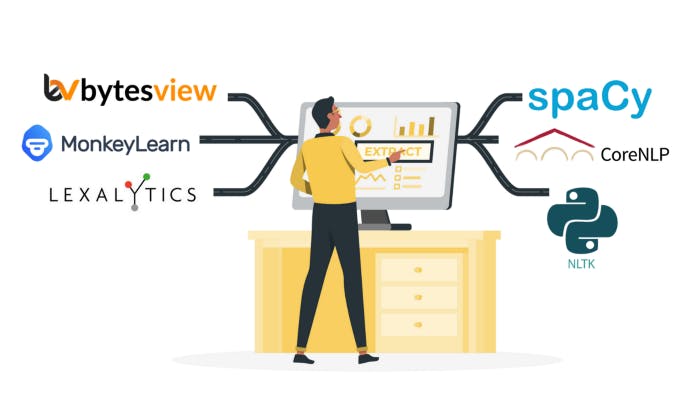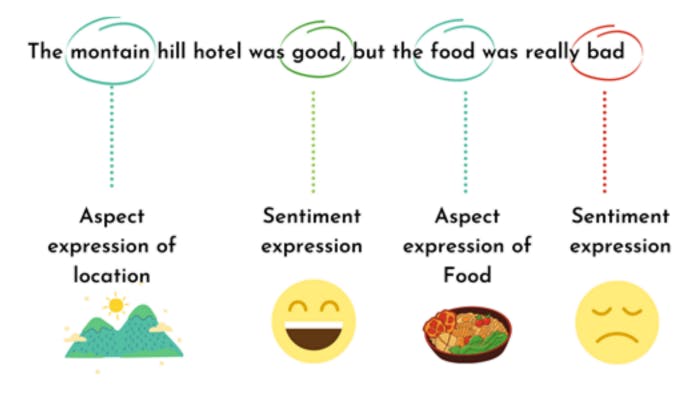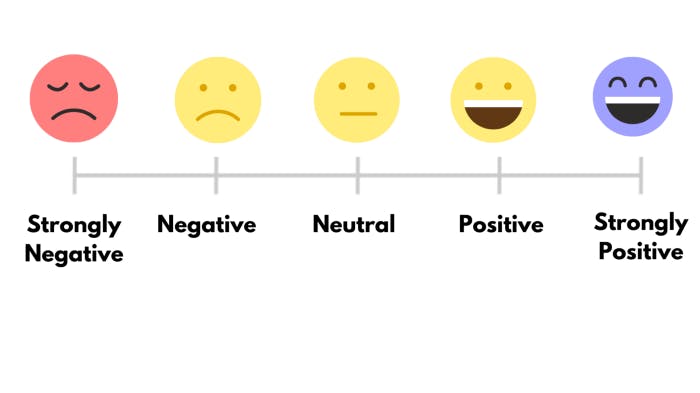Sentiment analysis is simply the process of categorizing the sentiments underlying a text. It is such a simple task that it can also be done manually; simply read each piece of feedback and determine whether it is positive or negative.
Among many analytical fields, one in which humans outperform all others is the ability to recognize feelings.
However, for feedback presented to you, such as 40–50 or even 100, this is doable. However, if you have a data set of, say, 10,000 reviews, manually analyzing them becomes impossible.
Not to mention the time and bias that will occur.
While data growth is unavoidable for any expanding business, the value of the data remains a function of analytical quality.
BytesView and other sentiment analysis tools are rapidly replacing traditional methods of polling the public, tracking brand and product reputation, analyzing customer experiences, and conducting market research.

By examining and evaluating customer sentiments with such tools, brands can gain a comprehensive understanding of consumer behaviors and, as a result, better serve their audiences with the products, services, and experiences they offer.
However, sentiment analysis will delve deeper in the future, beyond the concept of positive, negative, or neutral, to reach and comprehend the significance of understanding conversations and what they reveal about consumers.
As a result, sentiment analysis is becoming more important for these businesses as the data underlying those interactions grows larger and more complex.
Even today, corporations and brands perform the vast majority of sentiment analysis in any project, utilizing data from social media, survey responses, and other sources of user-generated content.
Furthermore, brands will be able to easily customize and personalize their services with a thorough understanding and a much larger and more comprehensive database. Instead of segmenting markets based on age, gender, income, and other surface demographics, businesses can segment even further based on how their audience members actually feel about the brand.
4 Types of Sentiment Analysis
Aspect-based sentiment analysis

Aspect-based sentiment analysis is a text analysis technique that categorizes text data based on its aspects and identifies its sentiment. It is used to analyze customer feedback data by correlating sentiments to various aspects of a product or service.
Any specific product or service aspect, for example, can be the “customer experience” or “support staff response time.” Sentiments are positive or negative feelings about something. The category and features that are being discussed are aspects.
Fine-grained sentiment

This sentiment analysis model aids in the development of polarity precision. Sentiment analysis can be performed across the following polarity categories: very positive, positive, neutral, negative, or very negative. The study of reviews and ratings benefits from fine-grained sentiment analysis.
On a scale of 1 to 5, consider 1 to be strongly negative and 5 to be strongly positive. On a scale of 1 to 10, consider 1–2 to be strongly negative and 9–10 to be strongly positive.
Emotion Detection
 The process of identifying and analyzing the emotions expressed in textual data is known as emotion analysis.
The process of identifying and analyzing the emotions expressed in textual data is known as emotion analysis.
Emotion detection and classification are simple tasks that can be accomplished based on the types of feelings expressed in the text, such as fear, anger, happiness, sadness, love, inspiration, or neutral.
Intent analysis
 Intent detection is the process of analyzing text data to determine the author’s intent. Intentions underpin much of human behavior and action, and understanding intentions can help you interpret these behaviors.
Intent detection is the process of analyzing text data to determine the author’s intent. Intentions underpin much of human behavior and action, and understanding intentions can help you interpret these behaviors.
It can assist businesses in better understanding their customers and forecasting their future course of action. Intent detection can anticipate a customer’s intent and assist in planning a future course of action.
Here are some interesting ways sentiment analysis is being used.
Identifying and Predicting Market Trends
It enables you to analyze large amounts of market research data in order to spot emerging trends and better understand consumer buying habits. This type of practice can help you navigate the complicated world of stock market trading and make decisions based on market sentiment.
Keeping an eye on the brand’s image
Sentiment analysis is frequently used to investigate user perceptions of a product or topic. You can also use it to conduct a product analysis and provide all relevant data to the development teams.
Examining public opinion polls and political polls
To predict the outcome of an election, anyone can use sentiment analysis to compile and analyze large amounts of text data, such as news, social media, opinions, and suggestions. It takes into account how the general public feels about both candidates.
Data from customer feedback is being analyzed.
Data from customer feedback can be used to identify areas for improvement. Sentiment analysis can help you extract value and insights from customer feedback data, as well as develop effective customer satisfaction strategies.
Observing and analyzing conversations on social media
Conversations on social media are a gold mine of information. Look at conversations about your brand on social media to see what your customers are saying with sentiment analysis; this can help any company plan its future strategies much more effectively.
Employee Turnover Reduction
Analyze large amounts of employee feedback data to determine employee satisfaction levels. The insights are used by the sentiment analysis tool to boost morale and productivity while also informing you of how your employees are feeling.
